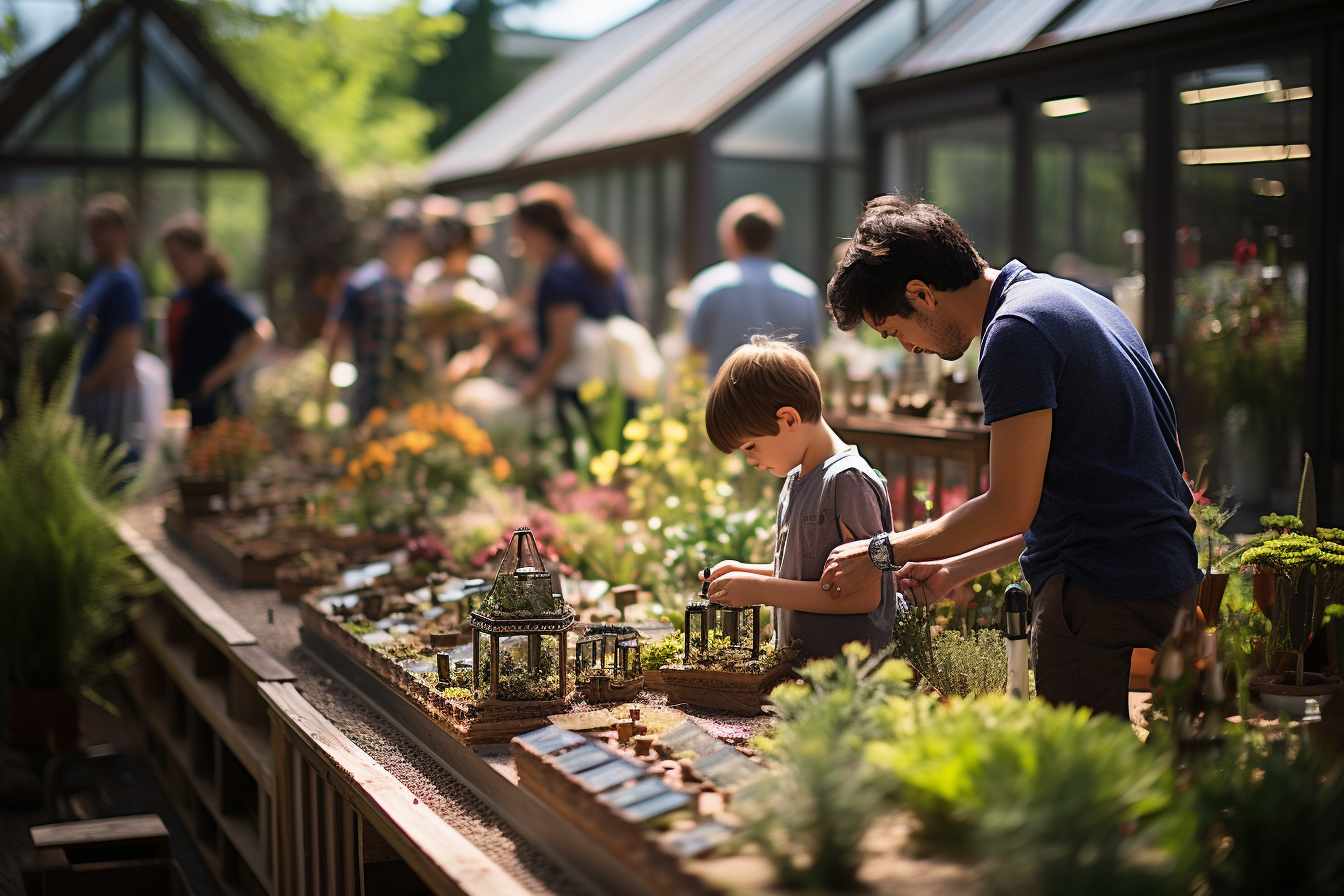THE sensory gardens mark a major advance in contemporary education. A space dedicated to raising children’s awareness of the different facets of our environment, these places also prove beneficial for the development of sensory abilities in children.
Importance of Sensory Gardens in Schools
Prelude to learning rich in discoveries, the creation of sensory gardens for schools is part of an innovative education approach. It is a true didactic ecosystem which offers a unique opportunity to awaken children’s curiosity and stimulate their senses.
The idea is to design an outdoor environment where students can explore and learn in a creative, lively and interactive way. Sensory gardens are designed to encourage children to touch, smell, taste, look and listen. Each element of the garden – whether plants, objects, sounds, textures or colors – has an educational function that contributes to the child’s overall development.
How to make this Pedagogical Vision a reality?
To realize a sensory garden in a school, it is necessary to imagine a space adaptable to the diversity of the learning pace of each student. The objective is to establish a harmonious connection between children’s senses and natural elements.
A range of plants selected for their visual, olfactory, taste and tactile properties are integrated into this garden. Students therefore have the opportunity to interact with nature and discover the various sensations provided by plants, flowers and their fruits.
The choice of materials also plays a crucial role in the design of a sensory garden. A floor consisting of various textures, such as gravel, grass, flagstones, sand, is recommended. The integration of water basins, mirrors, sound sculptures or adapted furniture adds subtle touches that engage the sense of hearing and accentuate the visual appeal of the space.
The Expected Benefits
By offering an educational approach combining learning and pleasure, the sensory gardens for schools promote the well-being of children. Not only do they encourage discovery and exploration, but they also stimulate creative expression and social cohesion. Without forgetting that contact with nature has proven beneficial effects on mental balance and physical health.
Sensory gardens are also a valuable tool for children with special needs. They provide a reassuring environment for children with autism spectrum disorders, or who have difficulty concentrating or sensory issues.
The design of sensory gardens for schools must take into account the specific context of each establishment. Careful listening to the needs of students and teachers, as well as a certain flexibility in space layout, are required to guarantee optimal results. This is the key to a successful sensory garden!
Ultimately, sensory gardens are the very expression of a modern pedagogy, centered on the child and his relationship with the environment around him. It is an invitation to the awakening of the senses, an essential step in the formation of the individual in the making.
Sources of Inspiration for Designing Sensory Gardens
There are a multitude of inspiring examples of sensory gardens all over the world, demonstrating the incredible potential of these spaces. Whether city gardens in England, therapeutic gardens in the United States, school gardens in Australia or community gardens in Africa, each brings its share of ideas and solutions for sensory gardens to the education service.
So, get inspired and dare to design sensory gardens for schools! Create a place where children can recharge their batteries, discover, learn and above all, be amazed.












